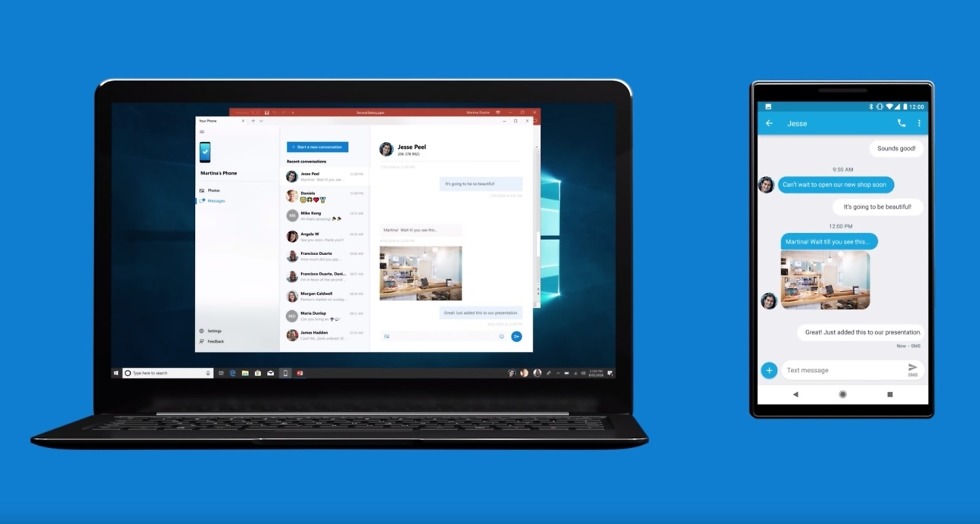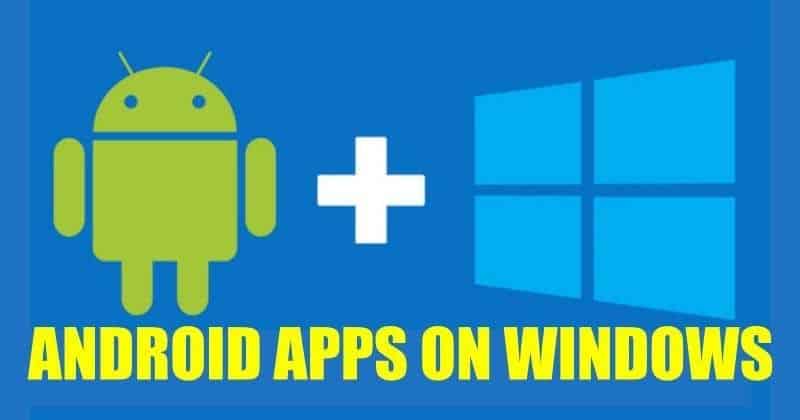

Only paying users can remove ads, change the theme, and customize the dock. There are also one-click toggles to easily enable root mode, GPU memory optimization, ASTC cache, 120 fps mode, and lots more. You can adjust performance (great if you have limited system resources), change the render mode, define custom keyboard shortcuts, set keymapping, fake your GPS location, install Android apps manually (without using the app store), shake the screen, automate mouse and keyboard actions, record the screen, and lots more. This is quite a beast of a program if you're interested in customizations. Just make a desktop shortcut so it's accessible at any time it'll open directly in MEmu App Player. You don't even need to open MEmu first to run your favorite app. There's direct access to the Play Store, so after logging in to your Google account, it'll feel much like you're on an Android 7 tablet: just choose which apps to install, and you'll have them open in no time. One popular way to get Android apps running on a PC is to go through the Android emulator released by Google as part of the official Android Studio. You get the whole operating system as if you were running a tablet right there on the screen. It's ideal for inexperienced and adept emulator users alike. It calls itself "the most powerful Android emulator," and we agree. MEmu is an impressive program that deserves a list on any Android emulator list.

This is because Microsoft is using some kind of compatibility layer and developers will be required to recompile their apps using a ‘software solution’ offered by the tech giant.Must have a premium account for some things However, apps sideloaded by users manually may not work correctly. If the top Microsoft leadership approves the project and it meets the company’s internal expectations, Windows Store would soon see Android apps available to run, alongside UWP, PWAs and converted desktop apps. Android subsystem is enough to run all Google APIs independent mobile apps and Microsoft might allow developers to replace Google Maps, Gmail, Calendar, and other services integration by its own products, such as Windows Maps and Outlook. Google services are very handy, but most apps don’t have to use them. In this case, Microsoft is planning to take the Android subsystem and Android Runtime to translate the app’s bytecode into native apps for Windows 10.ĭevelopers will be able to submit their converted MSIX package in the Microsoft Store, but there’s a catch – the converted apps will lack support for Google services.


 0 kommentar(er)
0 kommentar(er)
